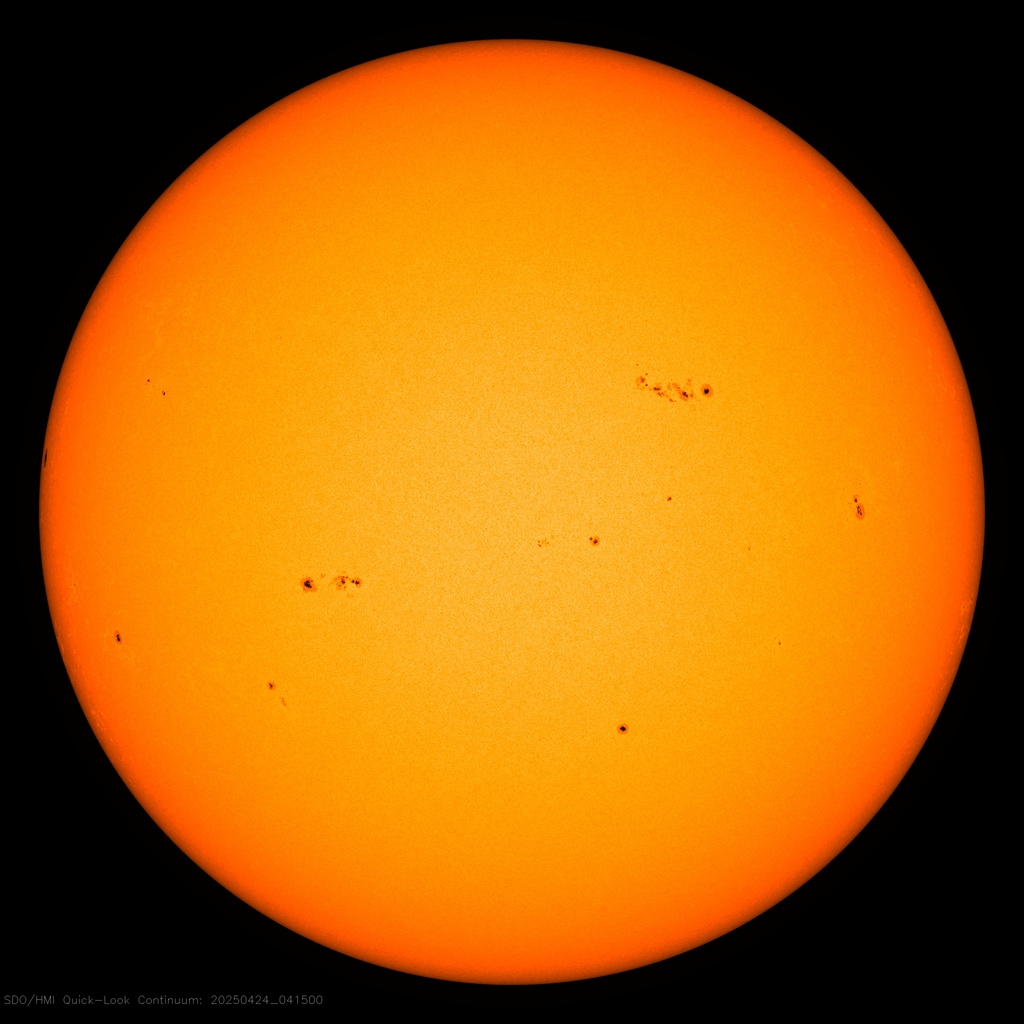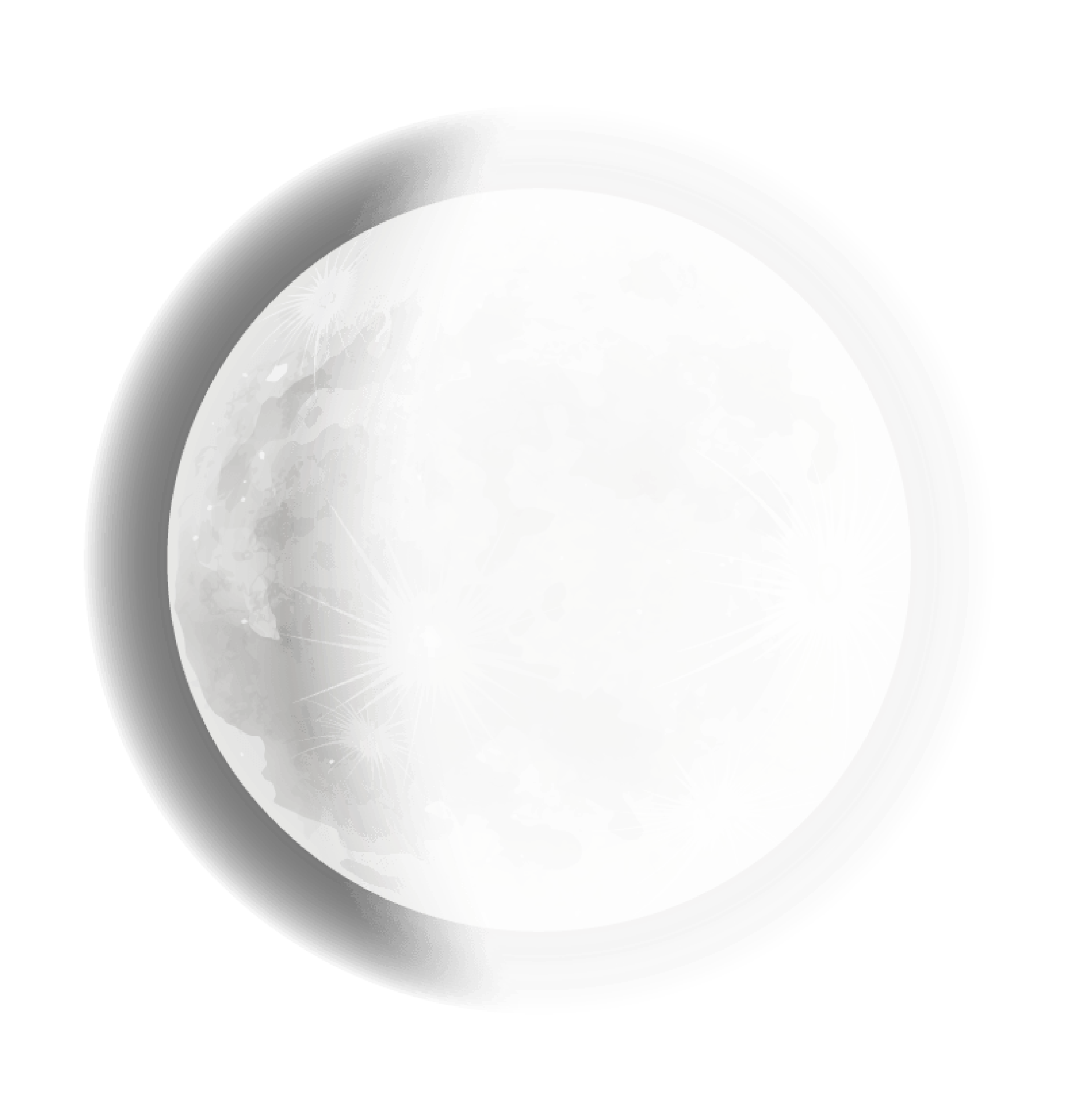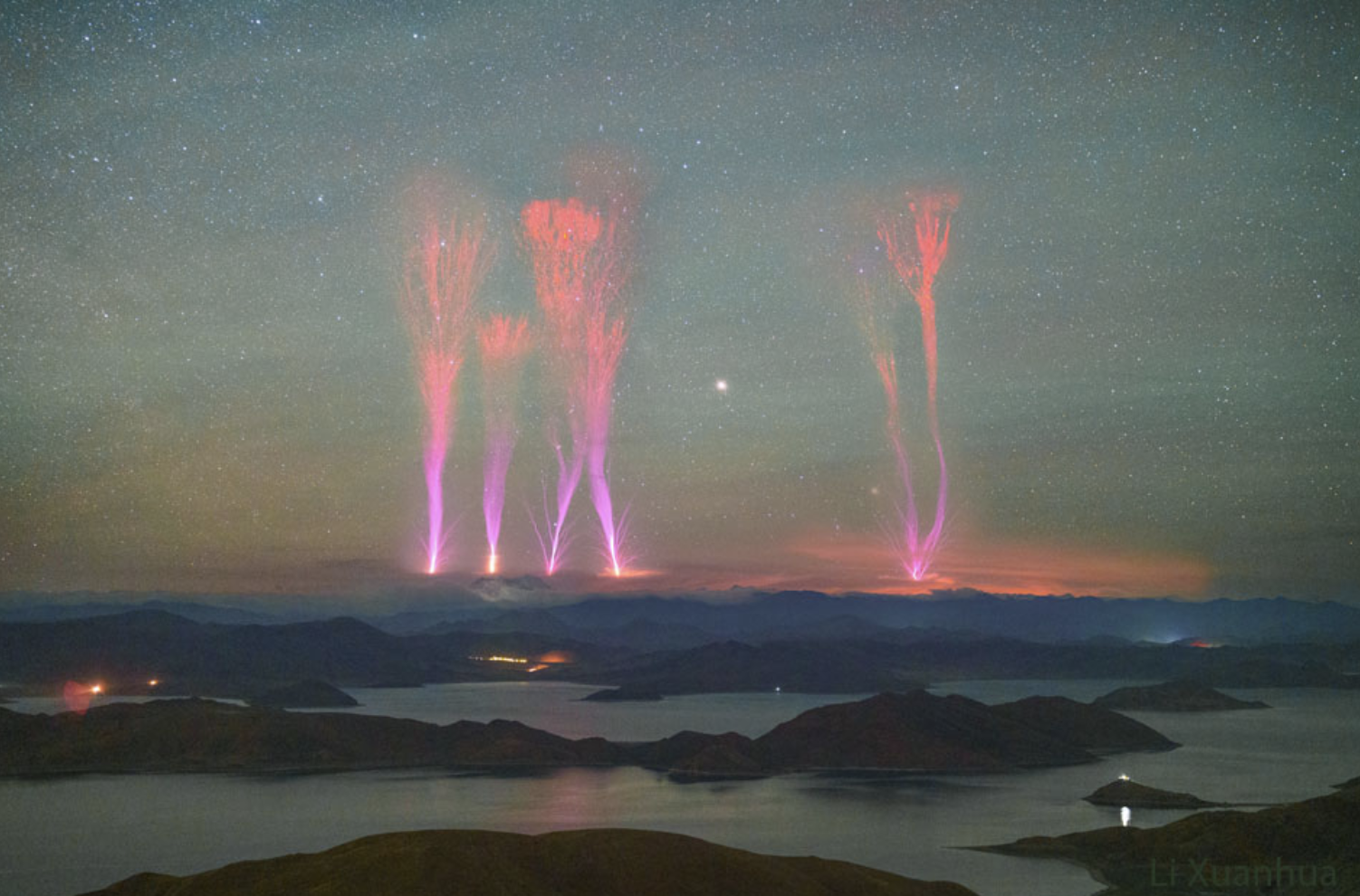Astronomy
Sun
The sun is a star located at the center of our solar system. It is an enormous, hot, and glowing ball of gas primarily composed of hydrogen and helium. Its immense gravitational force holds the planets, including Earth, in orbit around it. The sun's energy is generated through nuclear fusion, a process where hydrogen atoms fuse together to form helium, releasing an incredible amount of energy in the form of light and heat. This process is what makes the sun shine and provides the Earth with the light and warmth necessary to sustain life. The sun plays a vital role in the Earth's climate and weather patterns, and its magnetic activity gives rise to phenomena such as solar flares and sunspots. It has been a subject of fascination and reverence for cultures throughout human history and remains a fundamental object of study for astronomers and scientists seeking to understand the workings of stars and the universe.

Antemeridian
Time : 23:44:0
Civil Twilight -6°
Start Time : 6:9:23
End Time : 17:18:4
Nautical Twilight -12°
Start Time : 5:39:42
End Time : 17:47:44
Astronomical Twilight -18°
Start Time : 5:10:37
End Time : 18:16:49
Rise
Time : 6:35:32
Azimuth : 116.5
Set
Start Time : 16:51:54
Azimuth : 243.5
Meridian
Time : 6:35:32
Altitude : 37.3
Distance : 147236000
Current
Day Length : 10:16:22
Azimuth : 186.2
Altitude : 37.1
Distance : 147236016
Moon
The moon is a natural satellite that orbits around the Earth in the solar system. It is the fifth-largest moon in the solar system in terms of size. The moon is a rocky body with no atmosphere, primarily composed of rocks and soil. It reflects sunlight and illuminates the night sky, providing us with visibility and navigation during dark nights. The appearance of the moon changes on the visible surface of the Earth due to its rotational movement around the planet. The moon also affects tides due to its gravitational force on the oceans, playing a significant role in balancing the Earth's ecosystem. While the moon may not be a suitable place for life due to the lack of an atmosphere and harsh conditions on its surface, it remains of interest to scientists and researchers seeking to understand more about the history and formation of the solar system and its impact on life on Earth
Moon Phase
Waning CrescentRise
Time : 3:18:23
Azimuth : 111.8
Set
Start Time : 14:3:20
Azimuth : 246
Meridian
Time : 8:43:18
Altitude : 40.2
Distance : 405868
Illuminated : 12.9
Posangle : 193.2
Current
Azimuth : 229.5
Altitude : 20.6
Illuminated : 12
Posangle : 147.5
Distance : 405987

Picture OF THE DAY
Gigantic Jets over Himalayan MountainsPictured here are gigantic jets shooting up from a thunderstorm last week toward the Himalayan Mountains in China and Bhutan. The composite image captured four long jets that occurred only minutes apart. Gigantic jets, documented only in this century, are a type of lightning discharge that occurs between some thunderstorms and the Earth's ionosphere high above them. They are an unusual type of lightning that is much different from regular cloud-to-cloud and cloud-to-ground lightning. The bottoms of gigantic jets appear similar to a cloud-to-above strike called blue jets, while the tops appear similar to upper-atmosphere red sprites. Although the mechanism and trigger that cause gigantic jets remains a topic of research, it is clear that the jets reduce charge imbalance between different parts of Earth's atmosphere. A good way to look for gigantic jets is to watch a powerful but distant thunderstorm from a clear location.




